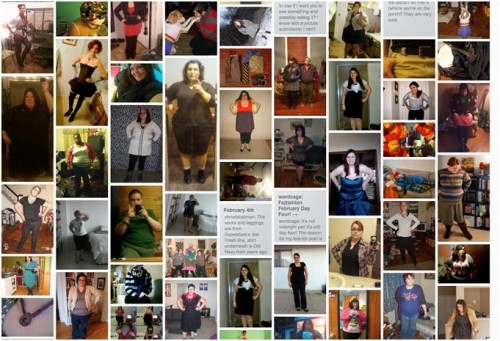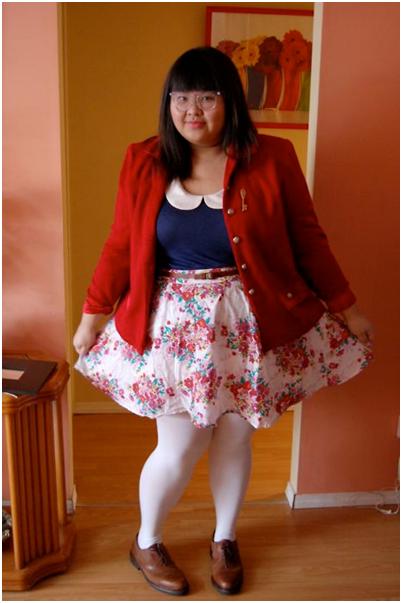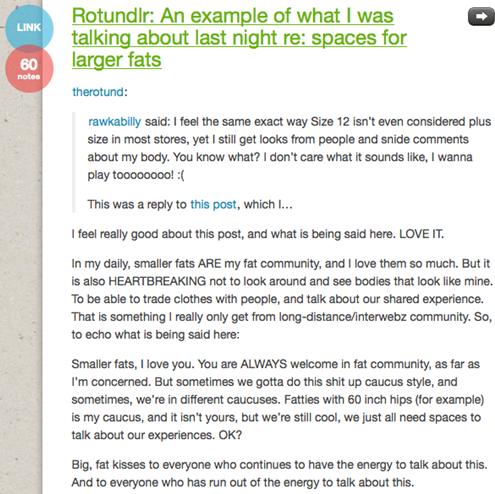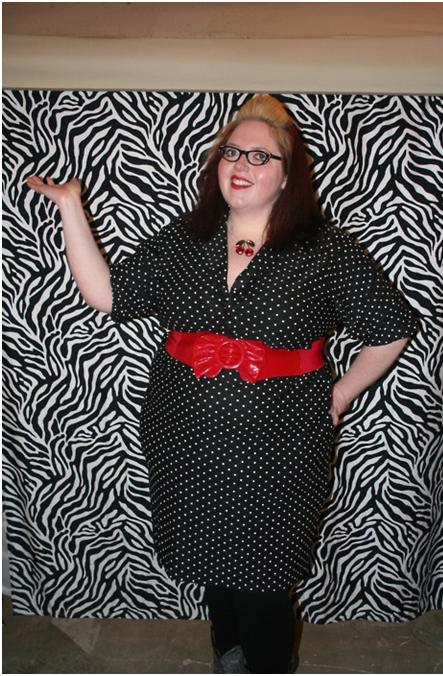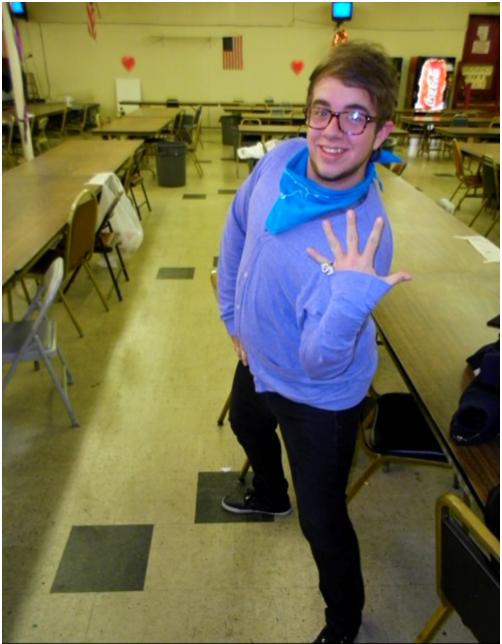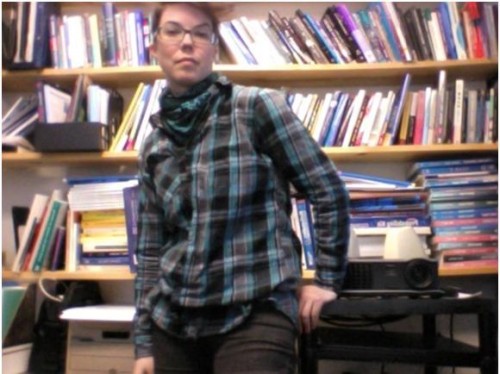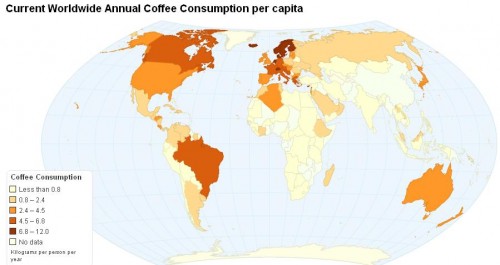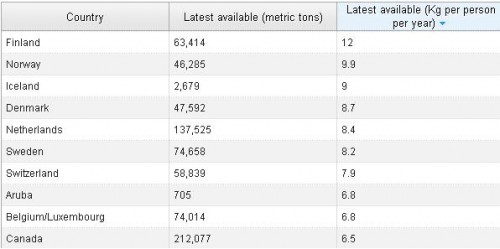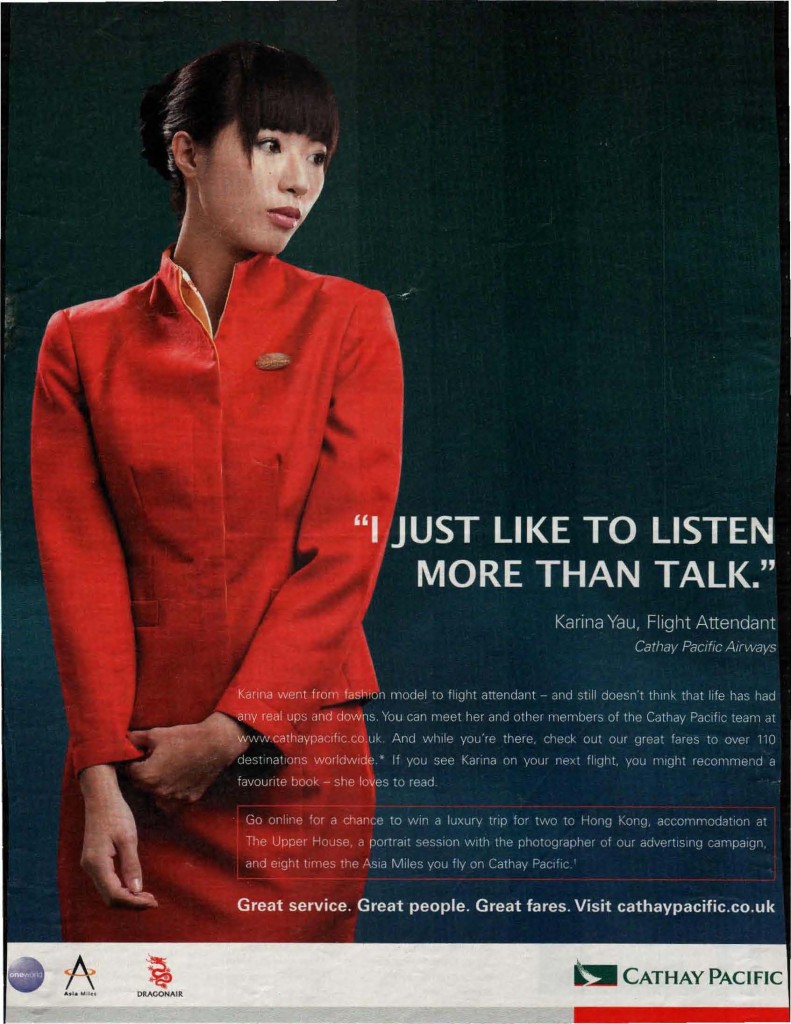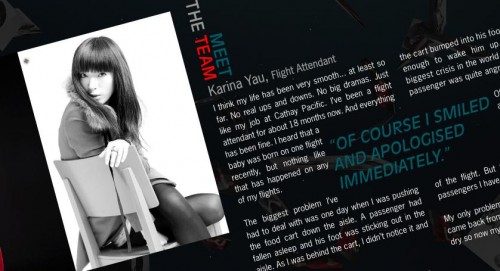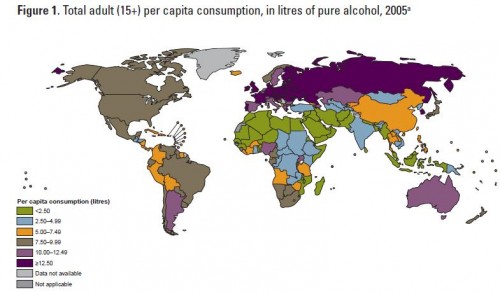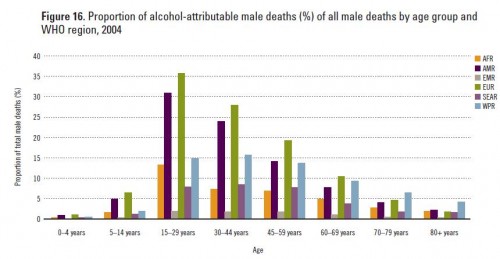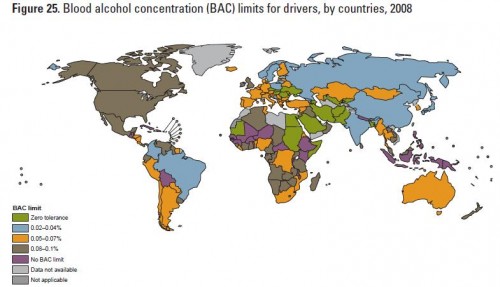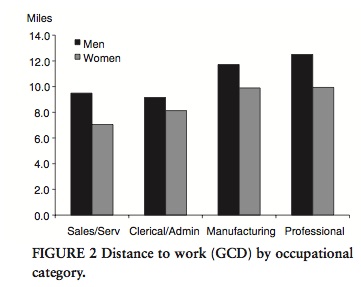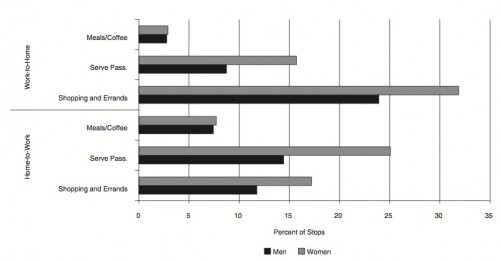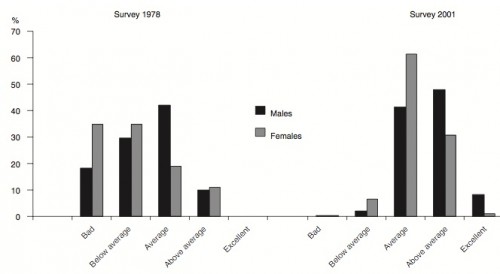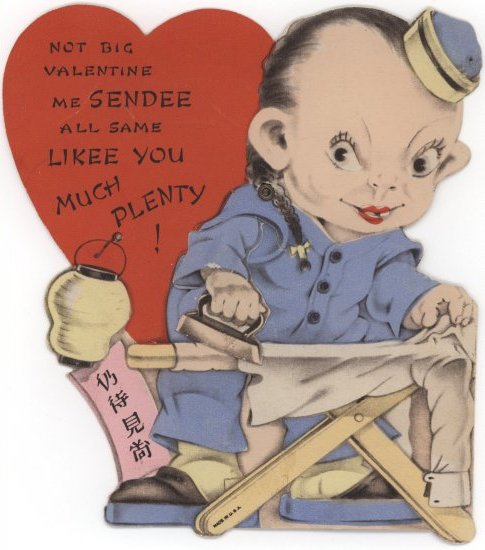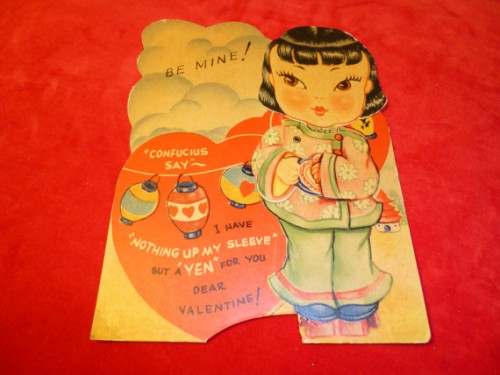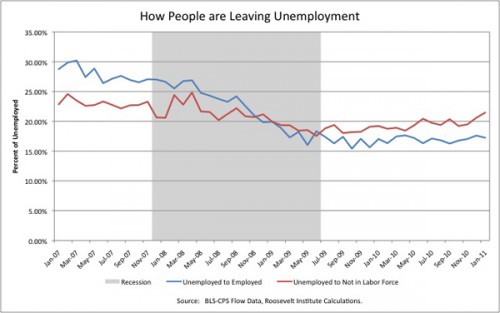When Jessie Dress of Austin, Texas started the project Fa(t)shion February for Femmes and Friends, she was responding to what she perceived as a gap in the online community celebrating “fatshion,” or fashion for fat-identified people. She explains, “I don’t feel like the fatshion blogs I see really represent the kind of radical queer fashion that I’m into and that feels like my community.” Jessie committed to posting “outfits of the day” (OOTD) every day in February. Her intention was to celebrate and draw attention to three kinds of politicized fashion projects – first, fatshion; second, the fashion of femme-identified queers; and finally, the fashion of allies of both fat and femme-identified people.
The result was Fa(t)shion February for Femmes & Friends – an inclusive space for posting OOTD for those who find themselves outside the mainstream fashion ideal. What started as her small personal project with a close group of friends has since exploded, with over 350 people participating in some way – a number that grows by the day:
Fa(t)shion February participant Gazel (of Gazelma)
The aim of the project is to “queer” fashion in a number of ways – to celebrate the subversive possibility of fashion. What’s exciting about how the Fa(t)shion February project has developed is the many different ways this aim has been realized. For example, an amazing conversation has emerged through the project regarding the “fat experience.” Fa(t)shion February was created to be explicitly inclusive of those who are often missing from the fatshion dialogue – that is, individuals on the fattest end of the fat spectrum. This privileging of “bigger fats” is an attempt to further radicalize the fatshion phenomenon, but it has come with its own set of dilemmas. Some users expressed fear of participation because they aren’t “fat enough” or aren’t fat-identified. In response to a conversation on The Rotund, Jessie wrote on her tumblr,
The kinds of difficult – but incredibly important – dialogues that are happening in and around the project are part of what makes it succeed in its mission to use fashion as a tool of social activism and community building.
[The rest of the post is after the jump just because it’s somewhat long.]
In addition to creating a space for these kinds of representations, the Fa(t)shion February project intends to celebrate and recognize queer and femme fashion. As do many of the project participants, Jessie defines femme as a gender identity, a “radical and intentional” way of doing gender. This is in contrast to the way femme has been perceived elsewhere — as a stereotypical and heteronormative complement to “butch.” Instead, as Leah Lakshmi Piepzna-Samarasinha pronounced in a 2008 keynote address to Femme Con, “Femme is about finding a way to be a girl that doesn’t hurt.”
Fa(t)shion February participant Bevin (of Queer Fat Femme)
Another important aspect of femme identity that has been asserted in the project’s space is that femme identity isn’t exclusive to people assigned female at birth or who identify as women:
Fa(t)shion February participant Reid (of Dirties Do Fa(t)shion!)
Aside from body and gender politics, a discussion has emerged from the tumblr about challenging and resisting the inevitable commodification and commercialization that comes along with attention to fashion. User Sassyfrass Circus asks,
Can we divorce our sartorial resistance from the psychological rush of finding the one cute dress on the rack that zips or even an entire store of clothes in your size (and conversely, the psychological crash of searching fruitlessly for a single item that fits), no matter what the social, political, or environmental implications of our consumption?
Sassyfrass points out an important limitation of the radical potential of projects like Fa(t)shion February — “the ever-present imperative to shop, to fall to the inevitable model of: Here is a picture of what I wore. Here is where you can buy it.”
That said, one of the fantastic things about the fashion that has predominated on Fa(t)shion February is the amount of thrifting/remixing/self-creating that is going on. Jessie laments, “As a femme, it’s really something I hear a lot – that dressing well has to be expensive, especially if you are fat.” For her, another facet of the radical possibilities of Fa(t)shion February is the way that users are dispelling this myth through creative sartorial strategies. Further, Jessie likes that “people are comfortable posting in jeans and a t-shirt – especially for fatties, and female-identified folk, that can be really hard.”
As Jessie herself is quick to point out, not all marginalized people are being equally represented in the project. The current typical user is white, urban, able-bodied, female-bodied, female/woman-identified, and around a US clothing size 18-22. While there are people of color contributing regularly to the project, they are underrepresented amongst the site’s images. Jessie says she would love to see more people over size 24, people of color, trans and genderqueer people, and differently-abled bodies in the project. In many ways, the missing virtual voices mimic “real life” limits of community – such marginalization is an issue Jessie and others contend with in their political and community organizing outside the internet. The limitations of the virtual space add another potential barrier in terms of access to both the internet and to virtual social networks, through which news of the project has spread. However, it might also offer a way of bringing together geographically isolated individuals who might not otherwise have an opportunity to engage in the critique.
Fa(t)shion February participant: Demi Monde (of Inspiring Demimonde)
I asked Jessie if she was considering extending the project beyond February, given its popularity, and while she’s still working out what form that extension might take, she says she’s like to “keep engaging with people about the project and how it has affected them.”
Catherine Connell is an assistant professor of sociology at Boston University. Her research interests include gender, sexuality, and organizations. Her current project focuses on the identity negotiations of gay and lesbian teachers in California and Texas, states with disparate policies regarding LGBTQ employees.
————————–
UPDATE (from Gwen): While we always like to encourage discussion at Soc Images, some comments have crossed the line from commenting on the topic of the post to ridiculing participants. I’m monitoring the comments as closely as I can to delete any personal attacks on the individuals pictured here, etc.
UPDATE 2: Comments closed. I simply can’t be on top of every comment or moderate the comments post constantly to try to keep people on useful discussions or to quickly catch any personal attacks, etc. Sorry, and maybe I’ll open them again later. Maybe not.

